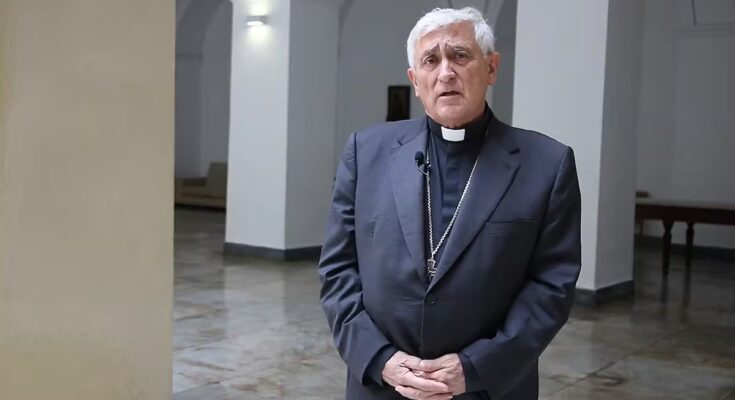The investigation opened by the Vatican to the bishop of Cadiz and Ceuta, Rafael Zornoza, for alleged sexual violence against a minor in the 1990s represents a qualitative leap in the fight to clarify the sexual abuse that has occurred for decades in the Spanish Catholic Church because for the first time it affects an active member of the hierarchy. This breaks down the wall erected so far around the involvement in Spain of high ecclesiastical officials in these crimes, for whose denunciation and public knowledge the investigation that EL PAÍS has been carrying out for years and which remains open has been fundamental.
According to the documentation and sources to which this newspaper has exclusive access, Zorzona, 76 years old, is under investigation by the Dicastery for the Doctrine of the Faith (DDF) following a complaint sent to Rome by a man who accuses him of having abused him since 1994, when the current bishop of Cadiz and Ceuta was 45 years old and directed the major seminary of the diocese of Getafe. The DDF, formerly the Holy Office, is currently the Vatican body responsible for definitive investigations into all cases of sexual abuse and pedophilia perpetrated within the Church.
According to the complaint, the alleged abuse lasted seven years: it began when the victim was just 14 years old and ended when she was 21. The admission of the complaint and the existence of an investigation by the DDF give a high degree of verisimilitude to the events, as both the archbishop of Madrid, Cardinal José Cobo, and the president of the Spanish Episcopal Conference, Luis Argüello, have recognized. Several testimonies from other victims of abuse collected by EL PAÍS indicate that Bishop Zornoza was aware of other cases in Getafe.
Although the facts investigated predate the outbreak of the abuse scandal in the Church revealed by this newspaper starting in 2018, the Ombudsman report commissioned by Congress in 2023, the one commissioned by the Episcopal Conference itself the same year and, above all, the consequent promises of compensation and transparency made with great fanfare by the Spanish bishops, it should be underlined that the complainant had to turn to Rome this summer to have his testimony taken into consideration. At this point it is a bad sign that a Spanish victim has to go to the Vatican to have his complaint heard. If it does so out of mistrust in the Spanish Church and in the mechanisms that, in theory, it has established to investigate abuses, it is a clear failure of the bishops’ credibility; If the plaintiff turns to DDF because he was ignored in Spain, the case is even more serious.
In any case, the Spanish Catholic hierarchy is once again offside. Last October the Vatican Pontifical Commission for Minors had requested the removal of the priests involved in cases of abuse, when the investigation into the bishop of Cadiz had been underway for several months. And if it is true that a bishop is removed from his diocese only by the Pope, it is no less true that he can be relieved of his duties in the Episcopal Conference without the permission of Rome. And that, despite his repeated proposals for amendment and transparency, public opinion did not hear any Spanish prelate comment on the matter until the scandal broke out.



